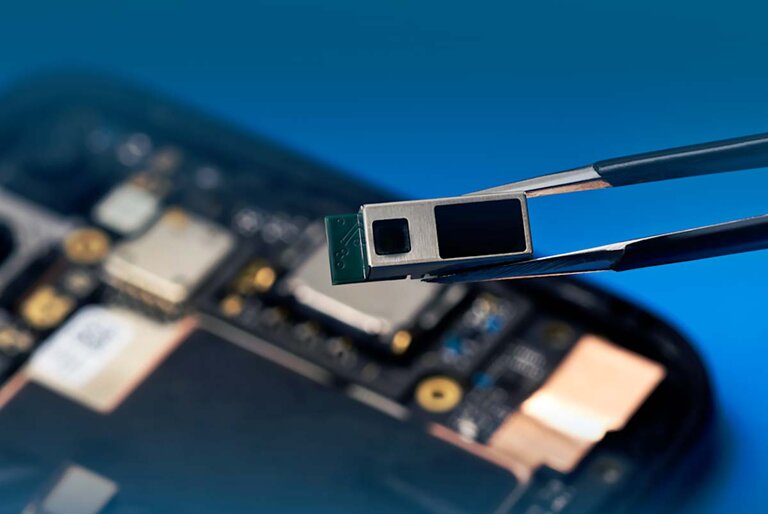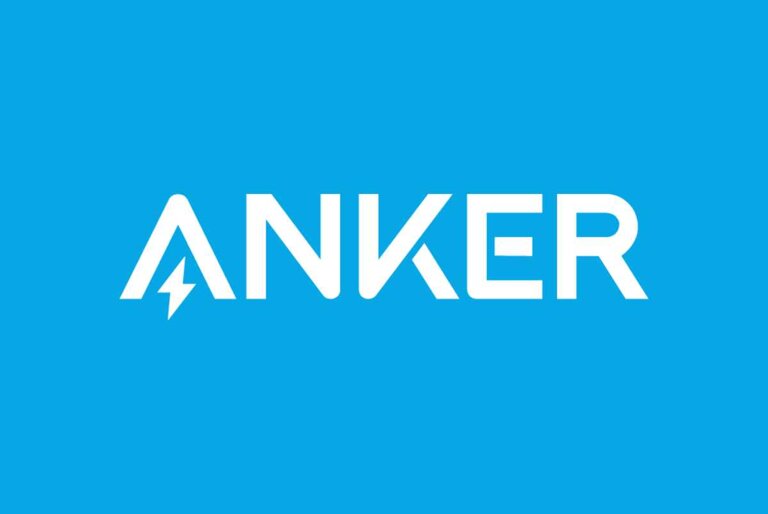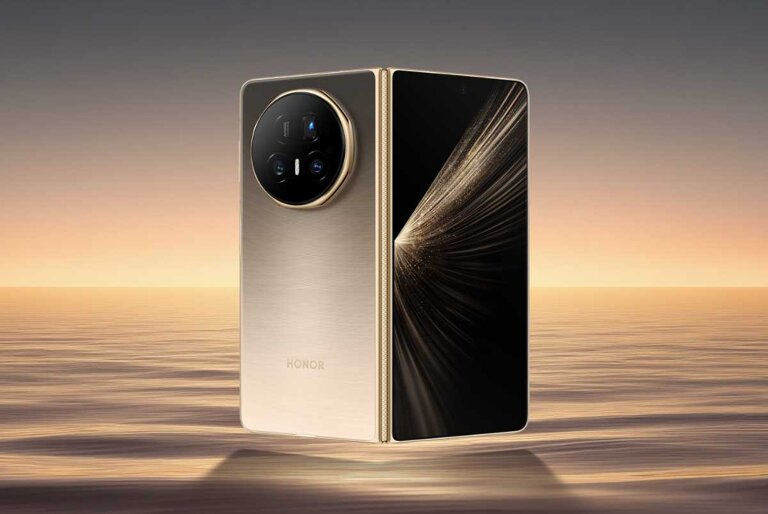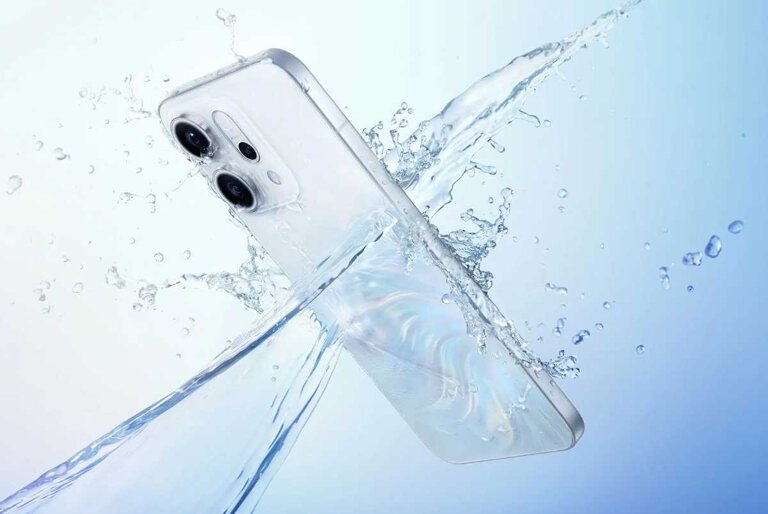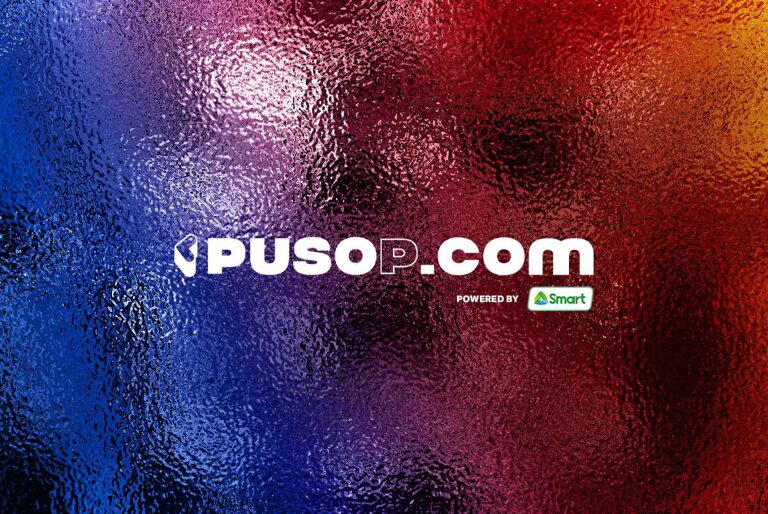The Institute of Electrical and Electronics Engineers (IEEE) has announced the release of 802.11bb, a new standard for light-based wireless communications, also known as Li-Fi.
Li-Fi uses light in the near-infrared 800 to 1000 nm waveband to transmit data between devices, achieving speeds up to 9.6Gbit/s, according to the IEEE. Li-Fi is said to be 100 times faster than Wi-Fi and more secure, as light does not penetrate walls and can be easily controlled.
The 802.11bb standard defines the physical and medium access control layers for Li-Fi devices, ensuring interoperability with existing Wi-Fi networks and devices. The standard was developed by the IEEE 802.11 Light Communications Task Group, which includes companies such as pureLiFi and Fraunhofer HHI.
PureLiFi, a global leader in Li-Fi technology, has welcomed the publication of the standard and has introduced the Light Antenna ONE module, a 14.5mm long component that can be integrated into connected devices to enable Li-Fi connectivity. The company claims that Li-Fi can support more connections without congestion, enhance security and privacy, and enable high-bandwidth tasks such as video streaming and gaming.
Fraunhofer HHI, a German research institute that has been involved in Li-Fi research for over a decade, has also praised the standard and has demonstrated how Li-Fi can use existing lighting infrastructure to provide wireless internet access in buildings. The institute says that Li-Fi can offer higher reliability, lower latency and jitter, and centimeter-precision indoor navigation compared to Wi-Fi.
The IEEE expects that Li-Fi will complement Wi-Fi and 5G technologies in various applications and scenarios, such as smart homes, offices, factories, hospitals, museums, airports, and stadiums. The IEEE also anticipates that Li-Fi will enable new use cases such as underwater communications, vehicular networking, and augmented reality.
The IEEE 802.11bb standard is available for purchase from the IEEE Standards Store. More information about Li-Fi can be found on the websites of pureLiFi and Fraunhofer HHI, as well as on the IEEE 802.11 Light Communications Task Group website.
Image: pureLiFi


